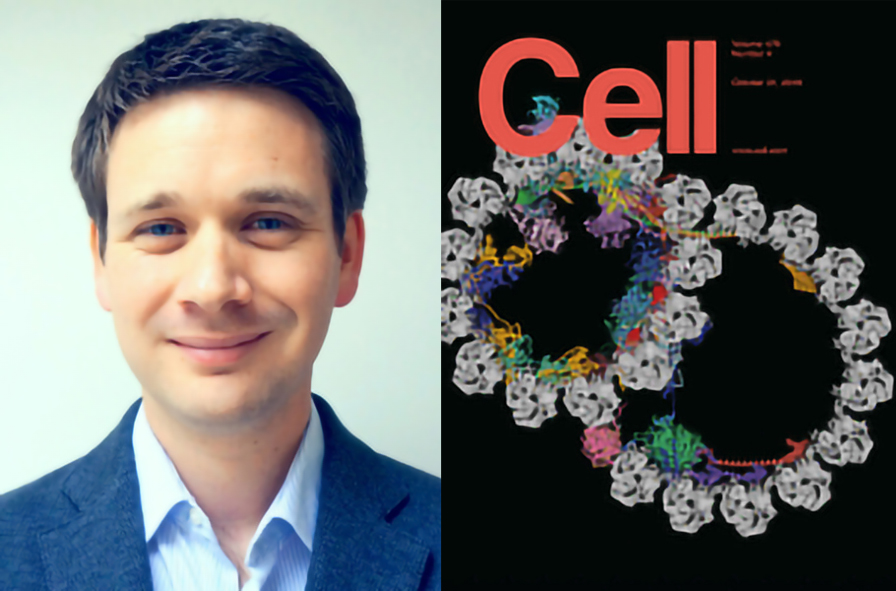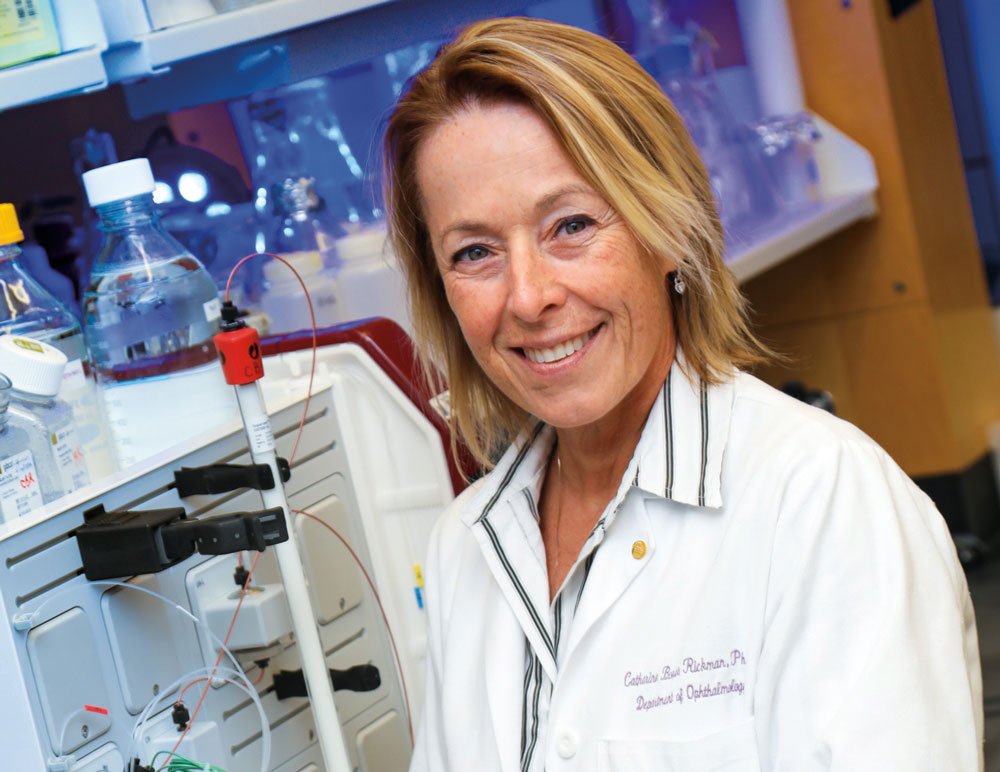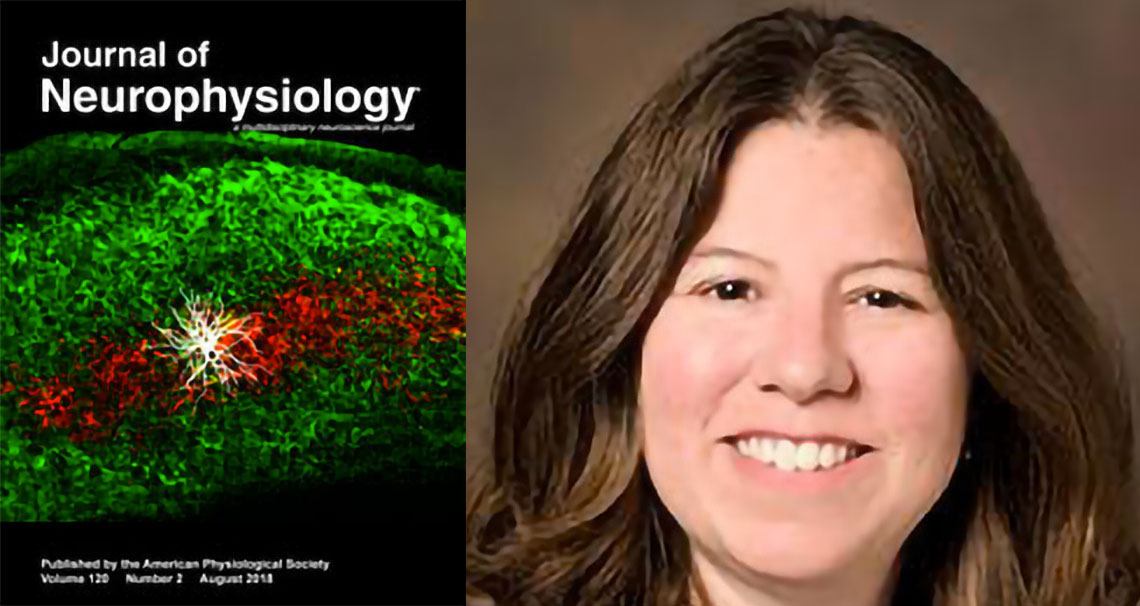The International Retinal Research Foundation (IRRF) has partnered with The Macula Society to form The Macula Society/IRRF Award. The Award is in accordance with the Macula Society’s purpose of providing a forum for the presentation and dissemination of the most current and most advanced scientific information and research in retinal vascular and macular diseases. This […]
Read More







